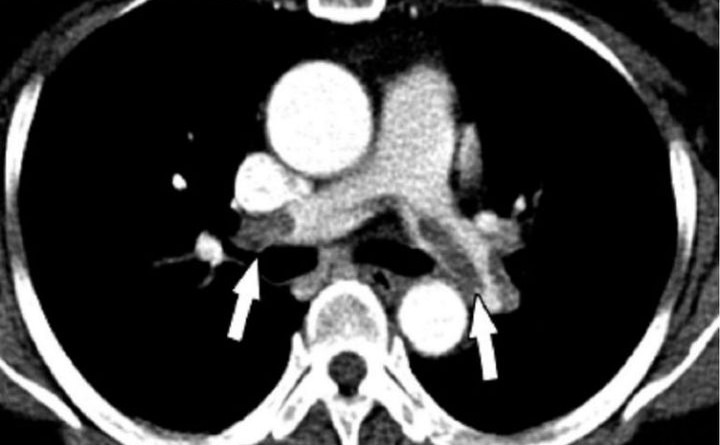An embolism occurs when an embolus, or moving particle within the blood vessels, gets stuck somewhere in the cardiovascular system. Blood can’t move past the embolus, and the cells on the other side become oxygen deprived, or “ischemic.” Embolisms can occur anywhere from the foot to the lungs to the brain.
Most often, a blood clot (“thrombus”) that breaks loose and travels the blood vessels is the cause, but other things like air bubbles or infection can also cause an embolism. There are several different types of embolisms, and some of them may take longer to become deadly. Pulmonary embolisms can cause lung failure, and brain embolisms can result in an ischemic stroke. Besides the potential long-term complications that can arise from an embolism, embolisms can absolutely result in mortality and should be treated as a medical emergency.
The sooner treatment can be administered, the better the results. Treatment options will depend on severity and may include breaking up a blood clot, preventing further clots, or performing surgical procedures to remove the embolus. According to the Mayo Clinic, “about one-third of people with undiagnosed and untreated pulmonary embolism don’t survive.” Fast, accurate diagnosis and treatment will absolutely save lives.
Featured Image: Wikimedia




